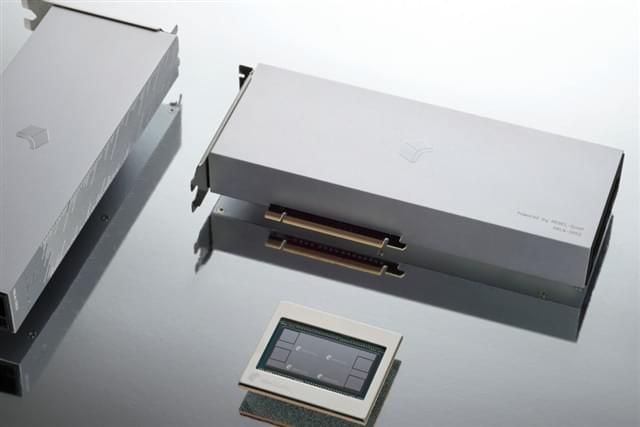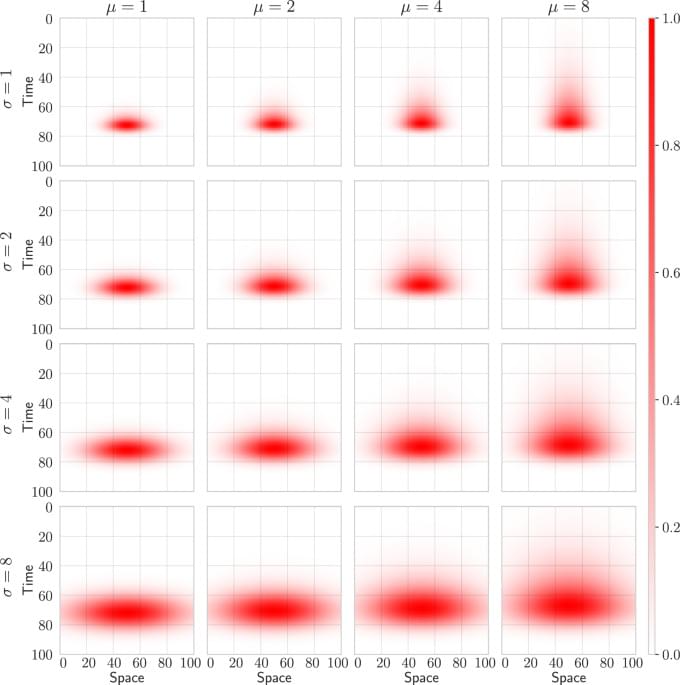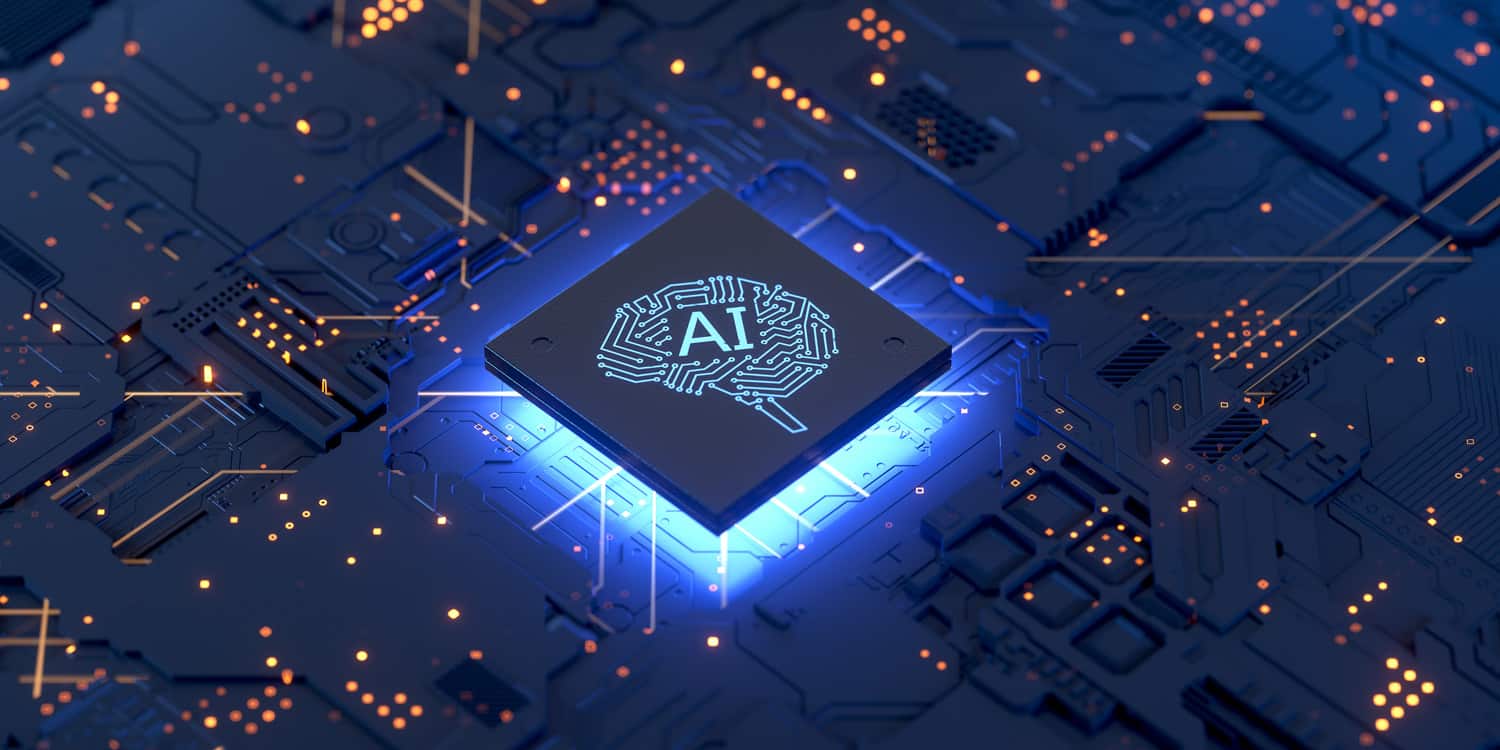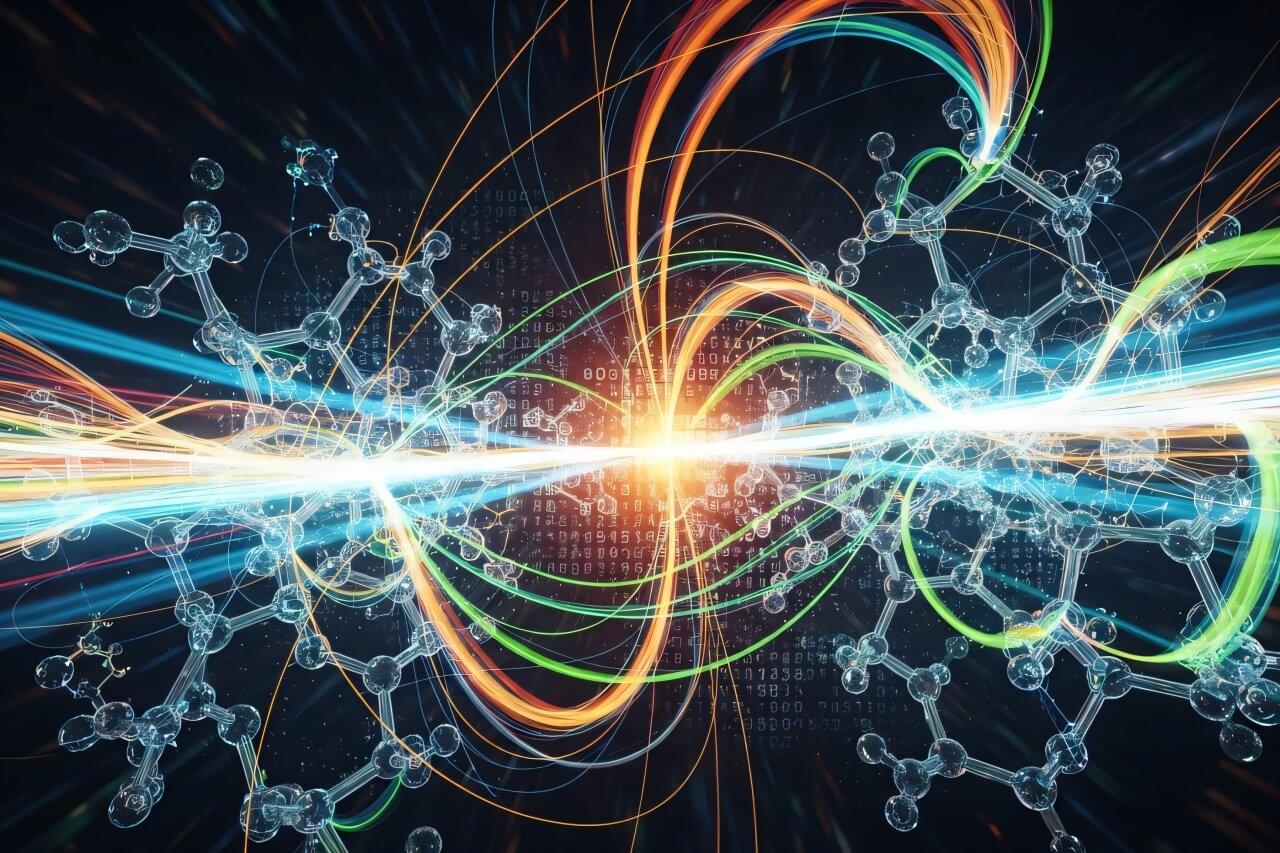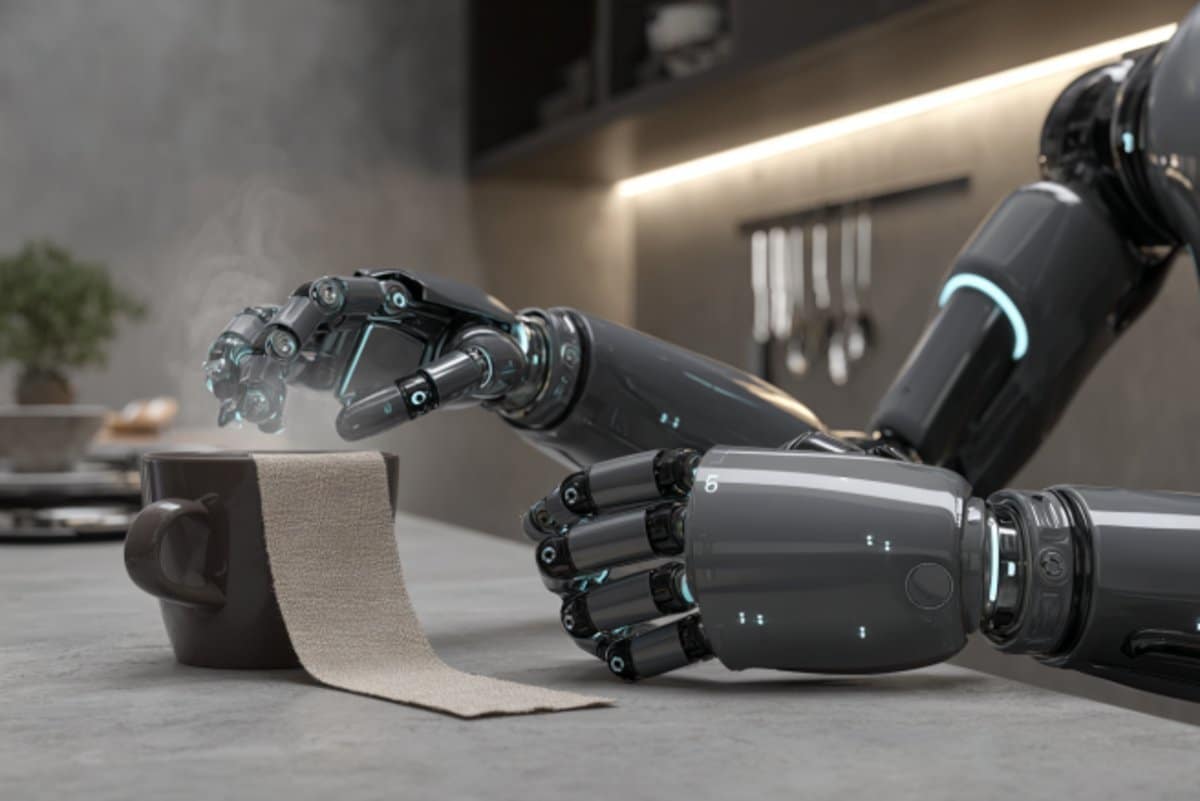This is the future of AI and robots. Take a journey into the future and explore the possibilities and predictions of AI humanoid robots. This timelapse of the future explores robots that move faster than humans can see, humanoids and teslabots with human skin faces (biobots), and the building of an artificial super intelligence that walks among humans.
Game parks allow humans in their homes to control humanoids in hybrid digital real world games.
Humanoids are able to self-transfer their entire minds into digital backup worlds and into other physical machines.
Hives of humanoids link their computational power into a single super-intelligence while maintaining individual bodies. They are building a super intelligence. More intelligent than the collective. An intelligence that lives in the digital world… and the real.
Encyclopedia of the Future entries: Android Majority, Machine Mirror Point, Digital Twin Simulation, Cyborgology.
Personal inspiration in creating this video comes from: Westworld TV show, and the Ex Machina movie.
